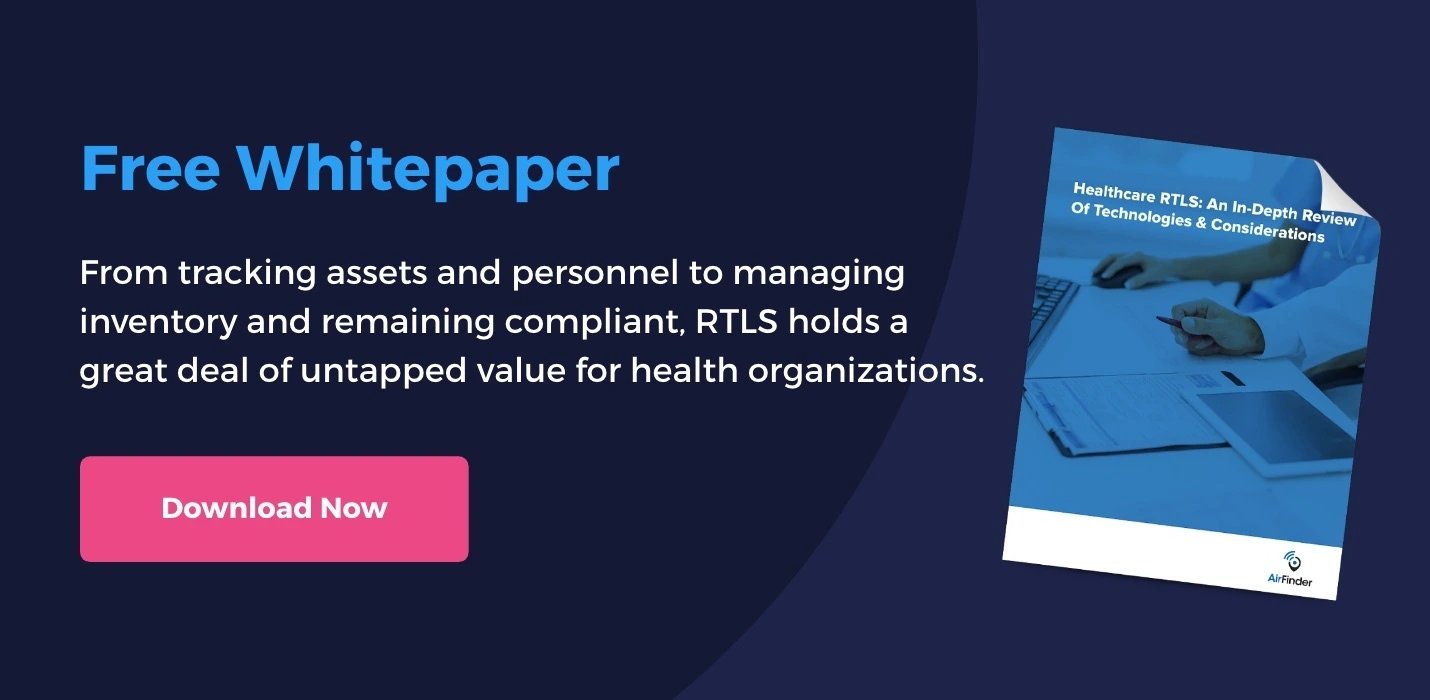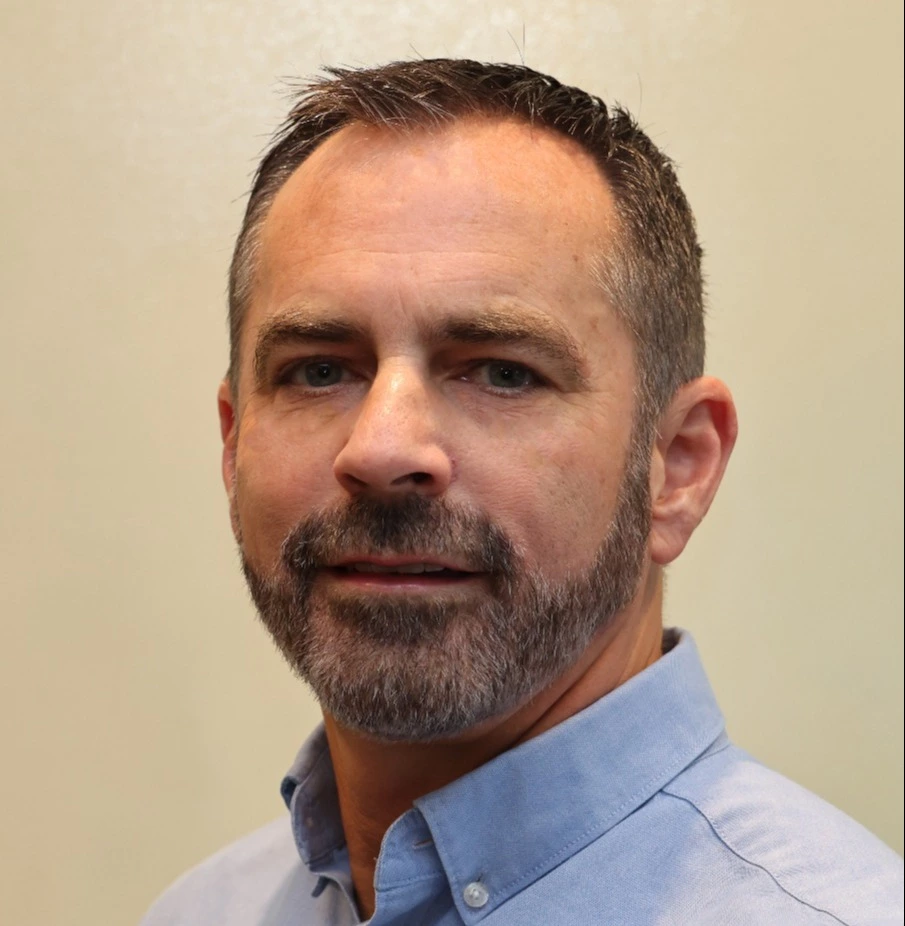Using real-time location system (RTLS) technology has major benefits in the medical device tracking space. Hospitals and healthcare centers that employ RTLS technology can:
- Prevent unnecessary capital expenditure.
- Increase the utilization of commonly used assets.
- Improve patient flow.
- Help save money by avoiding unnecessary rentals.
- Aid in deterring theft.
But determining the most cost-effective medical device tracking technology depends on two major factors: what you need to track and the way you want to track it.
1. Consider what you need to track.
If you only need to track expensive capital assets, spending $90 or more on an RTLS tag isn’t an issue. But if you need to know the location of more commonplace assets, or assets that may only be in the facility for a short amount of time, an iBeacon tag that costs $5-10 is much more appropriate.
Every system has costs that break down separately for the tag, labor, and integration:
- Tag costs: The RTLS tag is the physical device that records movement of an asset. A $50 tag may not seem unreasonable—until you need to track 10,000 assets. Additionally, some solutions are built on proprietary tag technology, which limits what you can do with it as a customer and increases the price, rather than open source technology.
- Labor costs: If someone has to create an elaborate map to integrate your RTLS technology, you can bet you’re going accrue future additional labor costs.
- Integration costs: If, for example, you decide on an infrared RTLS system, you can count on an extensive and costly installation. You will have to install a tag reader in the ceiling of every room in the network and hardwire those readers back to a central access point. Furthermore, running cables and power through the ceiling of every room can be very disruptive and difficult to do, which may negate a portion of the expected return on investment.
Compare the benefits and considerations for six common real-time location system (RTLS) technologies.
2. Consider the way you want to track.
Hospitals and other healthcare organizations considering medical device tracking technology usually fall into one of two camps:
- Workflow-centric tracking technology: Countless problems can be solved in the medical space with real-time location tracking technology—and many RTLS technologies are geared toward gathering as much data as possible. For example, you could use your RTLS system to not only identify where infusion pumps are but also when each has last been calibrated. You could also create a ticket for the pump, assign it to someone in the organization, and so on (hence, workflow).
- Location and data utilization tracking technology: The other side of RTLS is a scaled-back version that caters to those who simply want to monitor the location of assets to generate value. For example, if your nursing staff needs round-the-clock tracking of elderly patients, all they need is a simple interface to inform them of their patients’ location.
Determining which camp you fall into is critical in determining the cost-effectiveness of the medical device tracking technology you’ve selected. If you’re uncertain, think about the end-user. You—or the individual selecting the technology—may be impressed by a system that can handle so many functions, but is this what the end user actually wants? If tracking down assets is only a small part of the job, simplicity with your medical equipment management software is a better option.
To learn more about the benefits, considerations, and cost breakdown of some of the most popular RTLS options—including infrared, WiFi, ultra wide-band, passive, proprietary, and active RTLS—take a look at our free whitepaper.




